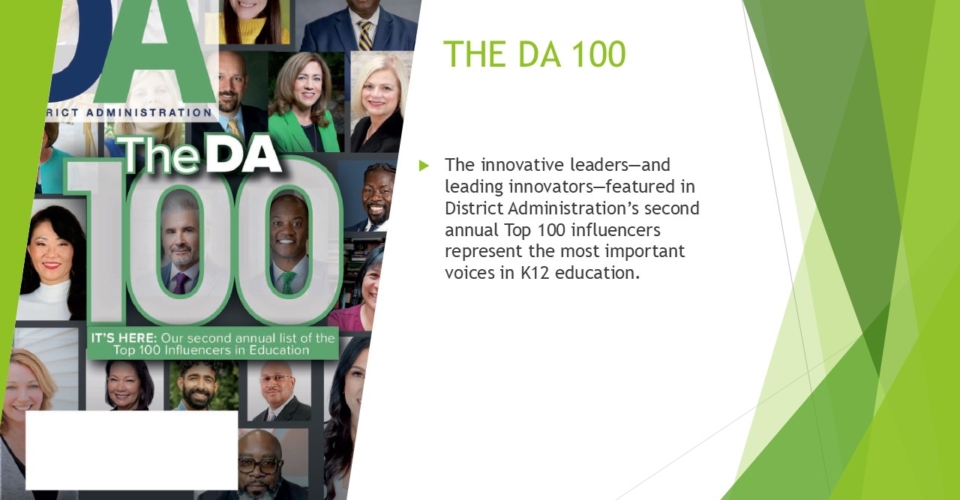“Educators are covering for open positions all the time and the pay isn’t worth it. We are overwhelmed and tired. We thought this year would be better than the severe COVID years, but we have more open positions than ever, and the district just expects us to do it all. People are wiped out.”
This is the overwhelming consensus for educators across the country. While many hoped the end of the pandemic would mean smooth sailing for K12 schools, unfortunately, it’s not that simple.
While schools are free from COVID-related restrictions that placed substantial barriers to student learning and educators’ instructional capabilities, we’re in the recovery period, so to speak. Districts are left to pick up the pieces of the damage that COVID-19 caused to the nation. And we’re seeing that in our schools’ inability to recruit and retain teachers.
The opening quote comes from one 58-year-old middle school teacher in New Hampshire who was mentioned in a new report from Horace Mann Educators Corporation, a financial services company that focuses on educators. The report, titled “Checks & Balance: How Financial Stress and Heavier Workloads are Accelerating the Teacher Shortage,” reveals just how pressing the issue has become. One of the most shocking revelations is that 63% of America’s educators are considering abandoning the profession for good.
By the numbers
According to National Center for Education Statistics data from the National Center for Education Statistics, nearly half of all public schools reported having full- or part-time teacher vacancies as of the middle of the 2021-22 school year, the report highlights. The authors of this report wanted to further understand the scope of the vacancies. Here’s what they found:
“Does your school currently have any open, unfilled teaching positions?”
- Many: 9%
- Several: 21%
- Very few: 32%
- None: 38%
“Does your school currently have any open, unfilled support staff positions?”
- Many: 14%
- Several: 33%
- Very few: 36%
- None: 17%
As evident by the data, support staff vacancies are the most common among public schools. According to an August report from AASA, The School Superintendents Association, schools are simply not receiving enough applications from qualified candidates. Additionally, nearly 80% of educators surveyed in this report argue teacher vacancies impact both students and teachers.
“What is the impact of understaffed on teachers’ abilities to perform their jobs?”
- Severe: 29%
- Moderate: 51%
- Minimal: 20%
“What is the impact of understaffing on students’ ability to succeed?”
- Severe: 28%
- Moderate: 52%
- Minimal: 20%
“Understaffing is a particular problem for children who need individual attention from therapists or other educators, as documented in their Individual Education Programs,” the report reads. “And not surprisingly, the stress of dealing with understaffing has impacted children’s learning and behavioral issues, as well as educators’ job satisfaction—no matter how committed they have been in the past about making a difference in children’s lives.”
As for those who say they’re making plans to leave the profession, nearly one-third of them plan to do so in the next three years, according to the data.
“In the next 3 years, do you think you will leave the education profession?”
- Yes: 30%
- Maybe: 33%
- No: 37%
“What are you considering as a career if you leave education?”
- Retire: 42%
- Work in a private sector position: 28%
- Work in another public sector position: 10%
What will it take to keep your teachers?
Better pay, better pay, better pay! This has been the dominant factor for years, but since the pandemic, coupled with inflation, the workload is no longer worth teachers’ current salaries. When asked what would it take to consider continuing teaching, here’s what they said:
- Better salary: 57%
- Better parent/community support: 42%
- More supportive school/district leadership: 41%
- Smaller class size: 36%
- Safer work environment: 35%
- Better retirement benefits: 29%
- Feeling more financially secure: 27%
- Better healthcare and protection benefits: 25%
More from DA: Teacher vacancies: 5 states show warning signs of a tough new normal



